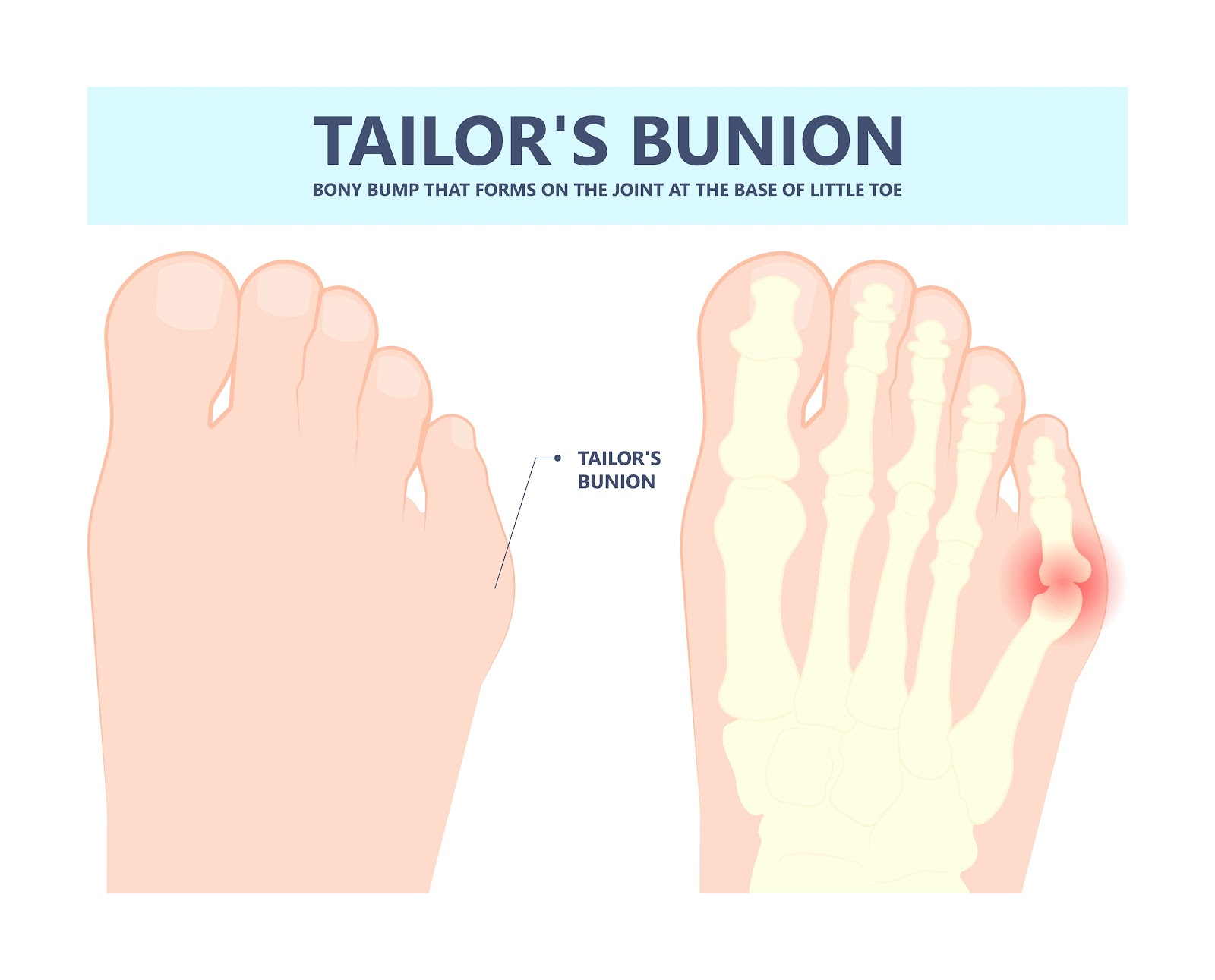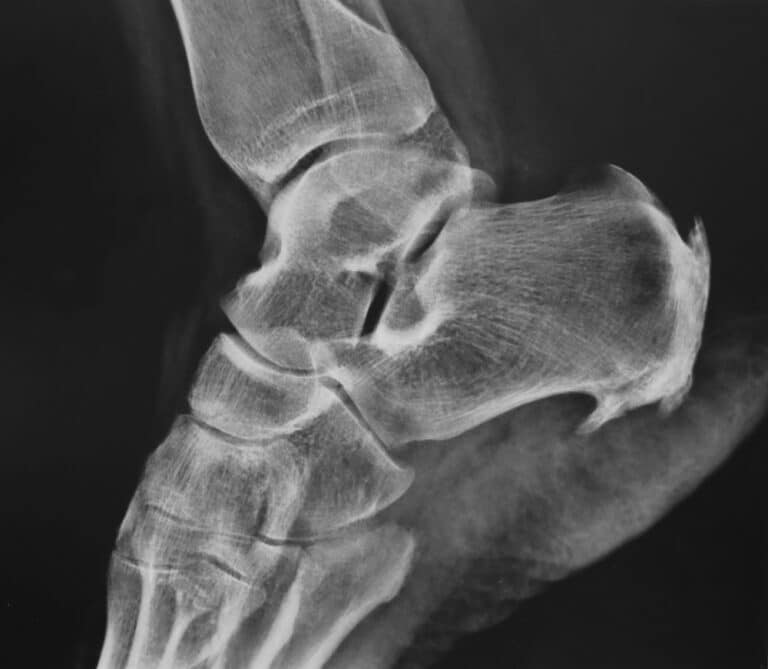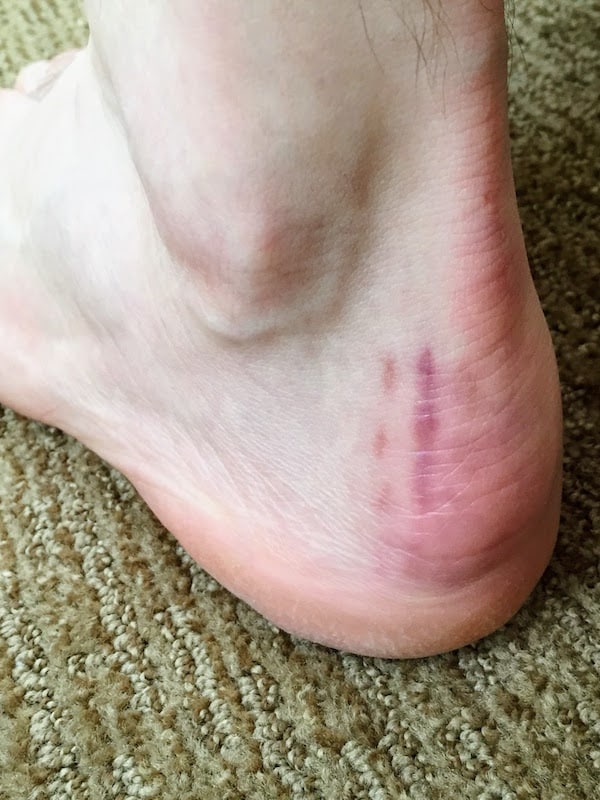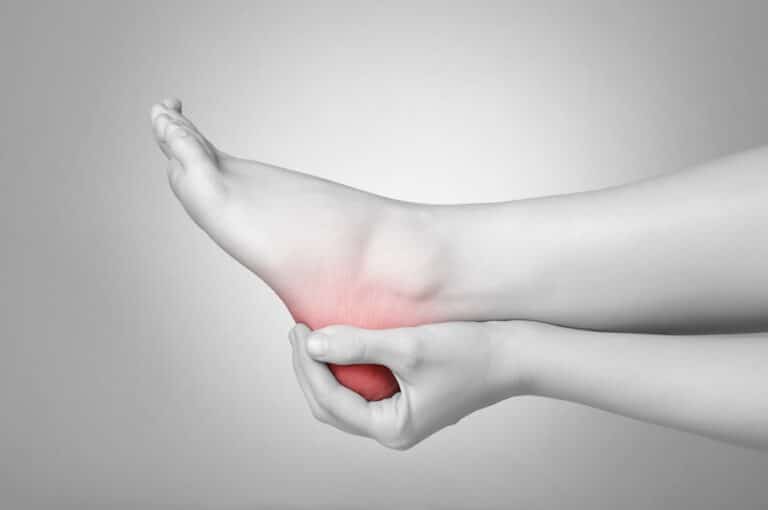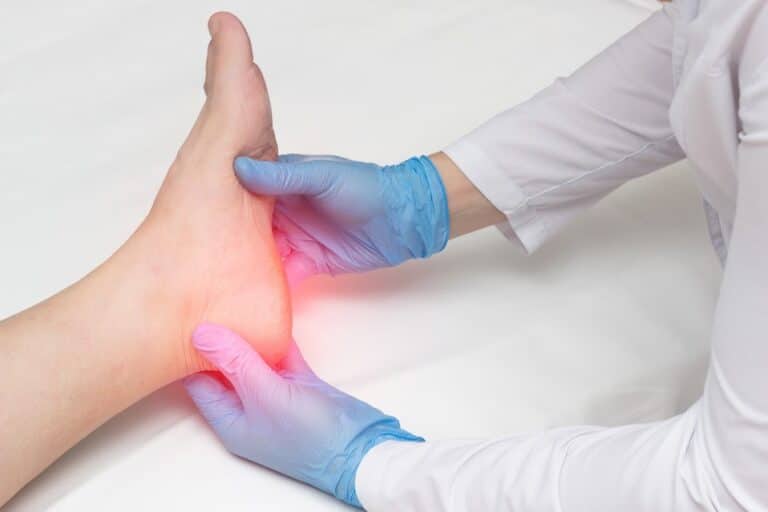Many people struggle with a bunion on the little toe – this condition can cause unpleasant symptoms and interfere with your everyday life. Before you learn about treatment options, you should also understand the causes and symptoms. We’ve explained it all in this blog.
What Is a Bunion on the Little Toe?
A bunion on the little toe is called a tailor’s bunion or a bunionette. It’s the same thing as the bunion on the big toe – a bony protrusion on the side of the foot that’s a result of an irregular alignment of the metatarsal bone.
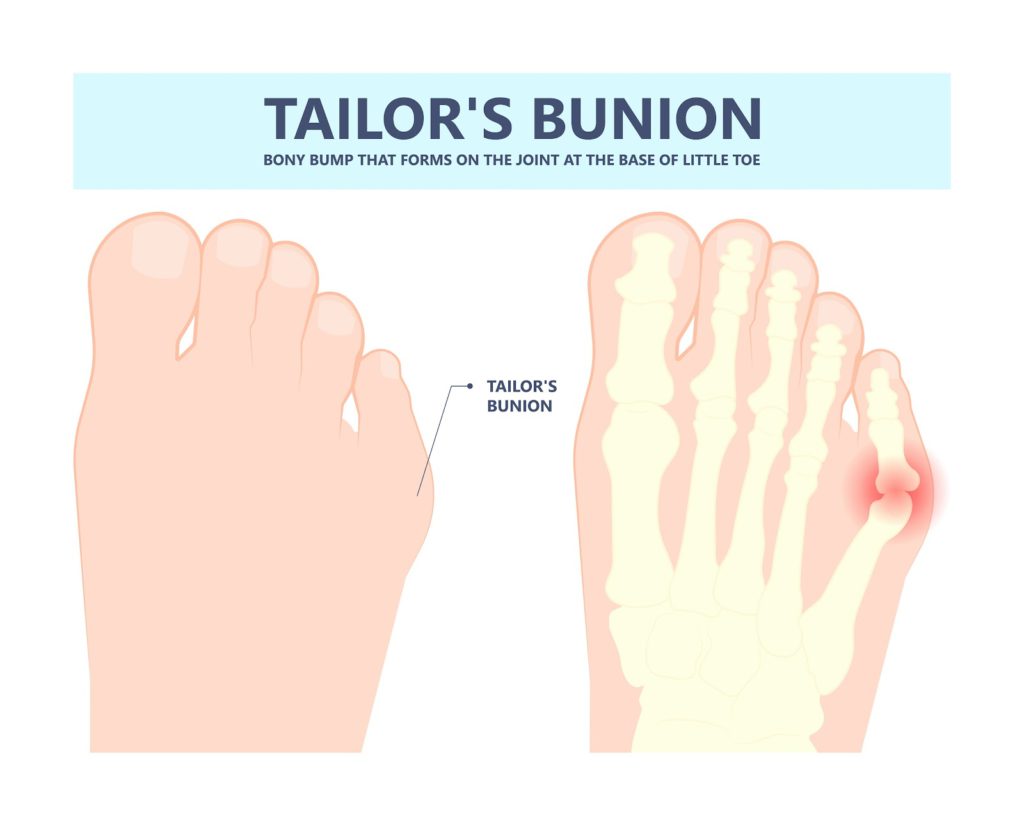
What Are the Causes of Little Toe Bunions?
The causes of bunionettes are similar to those of bunions – the changes in the biomechanics of your foot due to various factors such as wearing ill-fitting shoes, injuring your foot, having inflammatory diseases (like rheumatoid arthritis), or even having a genetic predisposition for bunion deformities.
What Are the Signs and Symptoms of Bunion on the Little Toe?
Bunions on little toes cause similar symptoms as those on the big toes. The most important issue is pain, which will gradually become more severe. The bump on the little toe becomes more prominent over time as well. There is redness, swelling, and inflammation of the skin in the area of the tailor’s bunion.
The discomfort is increased when you wear tight shoes because the bunionette rubs against the inside of the shoe. Keep in mind that a person can have bunionettes on both feet at the same time – but they don’t have to cause the same symptoms.
What Are the Treatment Options?
If ignored, bunionettes will only continue to get worse and hurt more. That’s why you need to treat them – start by scheduling a visit with your foot doctor. They will tell you all about non-surgical and surgical treatment options. In most cases, conservative treatment is the first thing you will try – doctors will rarely suggest surgery as the first choice of treatment if the bunion isn’t too severe.
Non-Surgical Treatment Options
There are numerous non-surgical methods available for the management of bunion symptoms. First, you should start by changing your footwear – find something that’s comfortable, with wide and deep toe boxes that won’t put pressure on your bunionette. It’s always a good idea to add over-the-counter bunion pads into the shoes to cushion the area – this will reduce the pain.
Massages and ultrasound therapy are also helpful in managing the symptoms, and physical therapy is beneficial as well. If none of this is enough, your last resort can be taking over-the-counter pain medications such as NSAIDs or getting steroid injections.
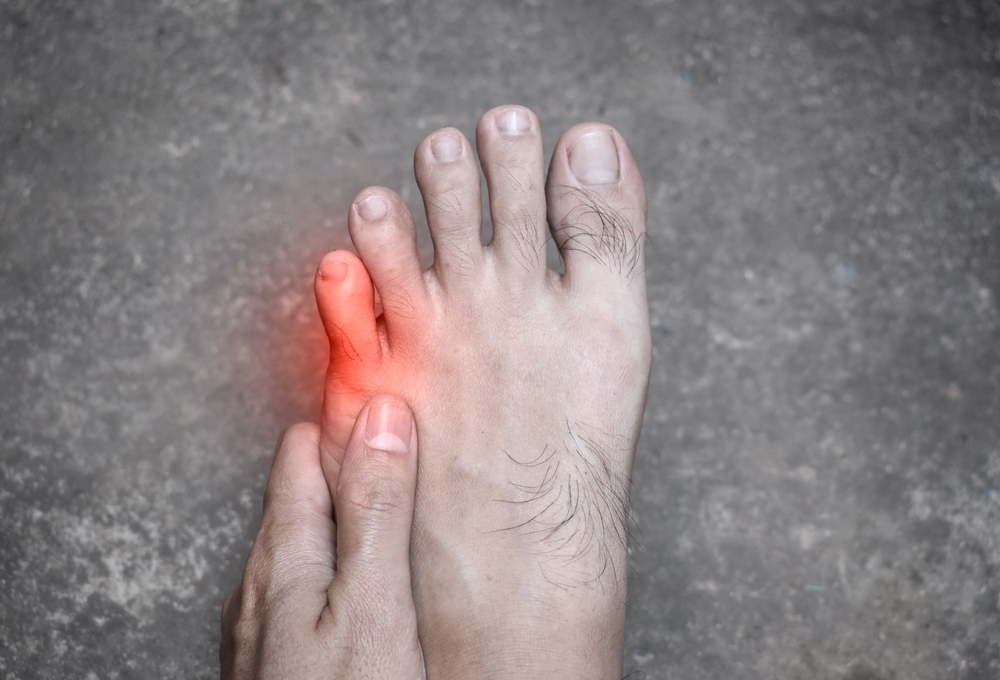
Surgical Intervention for Little Toe Bunions
Although non-surgical options can help, they certainly can’t get rid of the bunionette. The only thing that can permanently correct the deformity is surgery. Tailor’s bunions can be fixed with traditional open surgery or minimally invasive surgery.
Traditional surgery is reserved for the most complex cases since it requires wearing a cast for several weeks, and it comes with a longer recovery period compared to minimally invasive procedures. On the other hand, minimally invasive surgery means that your surgeon will just make a few small incisions – the trauma to the tissue won’t be as severe, and the recovery period will be swift.
Schedule a Consultation With a Doctor in Miami and Find Out How to Get Rid of the Tailor’s Bunion
If you suspect you have a bunionette, don’t waste any more time – reach out to a podiatrist who can help you. Our team of doctors at Luxe Foot Surgery clinic is here for you. We specialize in treating this kind of foot condition and would be glad to answer all your questions about bunions and recommend the best course of action for you. Contact us to book your appointment!
References
- Cleveland Clinic – Bunions (Hallux Valgus)
- Healthline – Everything You Should Know About Tailor’s Bunion
